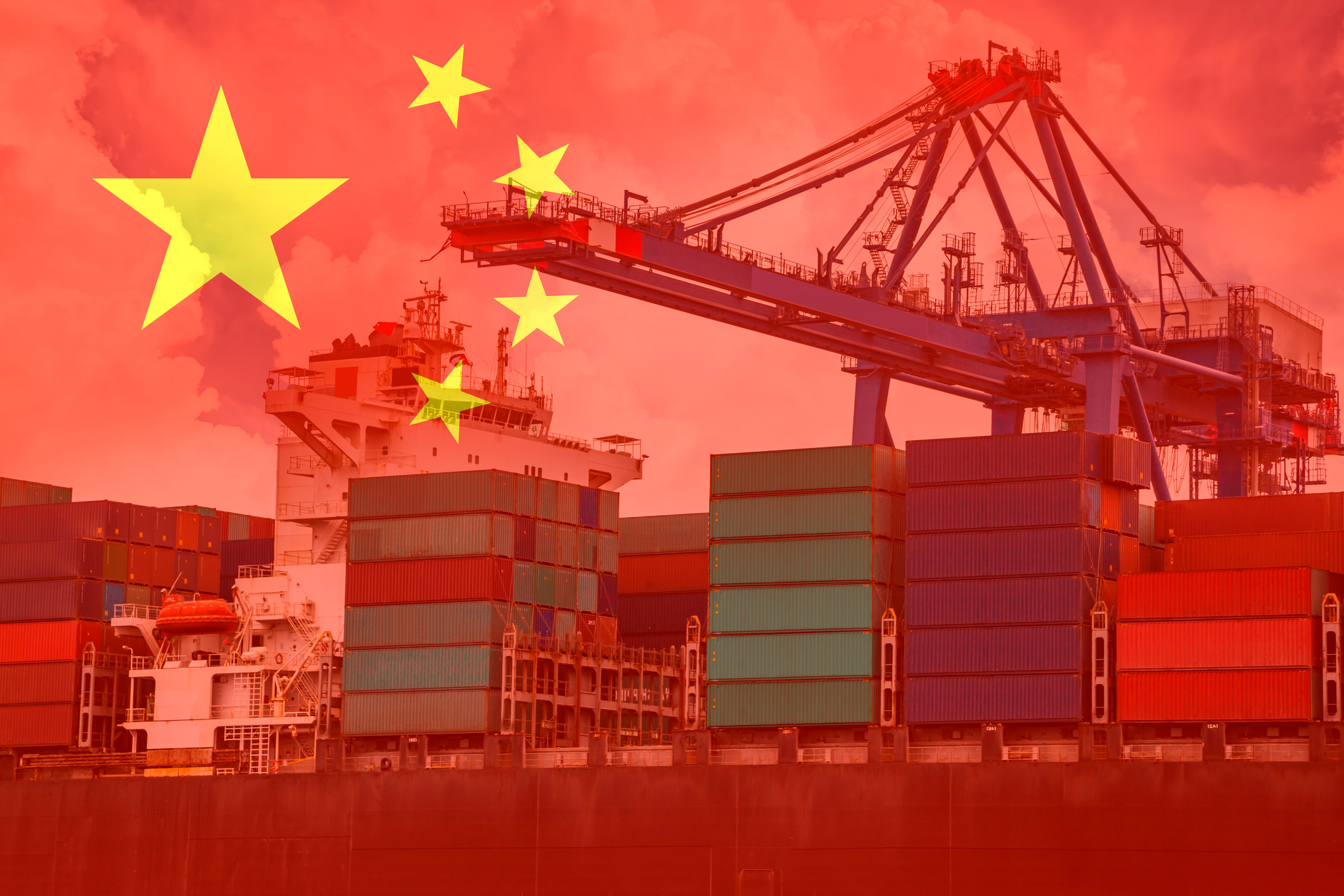China’s economy is expected to have slowed down in the second quarter from a solid start to the year as trade tensions with the United States added to deflationary pressures, reinforcing expectations that Beijing may need to roll out more stimulus.
The world’s second-largest economy has so far avoided a sharp slowdown in part due to a fragile U.S.-China trade truce and policy stimulus, but markets are braced for a gloomier second half pressured by slowing exports, weak consumer demand, and a persistent property downturn.
Gross domestic product growth in April-June is forecast at 5.1% year-on-year, cooling from 5.4% in the first quarter, a Reuters poll of 40 economists showed on Friday.
The projected pace would still exceed the 4.7% growth forecast in a Reuters poll in April and remain broadly in line with the official full-year target of around 5%.
Investors are closely watching for signs of fresh stimulus at the upcoming Politburo meeting due in late July, which is likely to shape economic policy for the remainder of the year.
“We expect second-quarter GDP growth to exceed 5%, compared to 5.4% in the first quarter, indicating that there is no immediate need for additional stimulus,” analysts at Societe Generale said in a note.
GDP growth is projected to slow to 4.5% in the third quarter and 4.0% in the fourth, according to the poll, underscoring mounting economic headwinds as U.S. President Donald Trump’s global trade war leaves Beijing with the tough task of getting households to spend more at a time of uncertainty.
“We see a demand cliff in the second half, driven by multiple factors,” said Ting Lu, chief China economist at Nomura, in a note. Lu cited slowing exports under U.S. tariffs, the fading boost from a consumer goods trade-in program, austerity measures, and a protracted property slump.
“We believe Beijing will very likely rush to roll out a new round of supportive measures at some point during H2.”
For the whole of 2025, China’s GDP growth is forecast to cool to 4.6% – falling short of the official goal – from last year’s 5.0% and ease further to 4.2% in 2026, according to the poll.
On a quarterly basis, the economy is forecast to have expanded 0.9% in the second quarter, slowing from 1.2% in January-March, the poll showed.
The government is due to release second-quarter GDP data and June retail sales, industrial production and investment data at 0200 GMT on July 15.
STIMULUS ALONE NOT ENOUGH
Beijing has ramped up infrastructure spending and consumer subsidies, alongside steady monetary easing. In May, the central bank cut interest rates and injected liquidity as part of broader efforts to cushion the economy from Trump’s trade tariffs.
Analysts polled by Reuters expect the central bank to cut its key policy rate – the seven-day reverse repo rate – by 10 basis points in the fourth quarter, along with a similar cut to the benchmark loan prime rate (LPR). The central bank is also expected to lower the weighted average reserve requirement ratio (RRR) by 20 basis points during the same period.
But China observers and analysts say stimulus alone may not be enough to address deflation, which deepened to its worst level in almost two years in June.
China’s GDP deflator – the broadest measure of prices across goods and services – is expected to decline further in the second quarter, marking a ninth consecutive quarterly drop, the longest streak since records began in 1993.
Analysts polled by Reuters estimate a 0.1% rise in China’s consumer prices for this year, well below the government’s target of around 2%, before picking up 1.0% in 2026.
Expectations are growing that China could accelerate supply-side reforms to curb excess industrial capacity and find new ways to boost domestic demand.
Chinese government advisers are stepping up calls to make the household sector’s contribution to broader economic growth a top priority at Beijing’s upcoming five-year policy plan, as the trade tensions and deflation threaten the outlook.
(Reuters)














